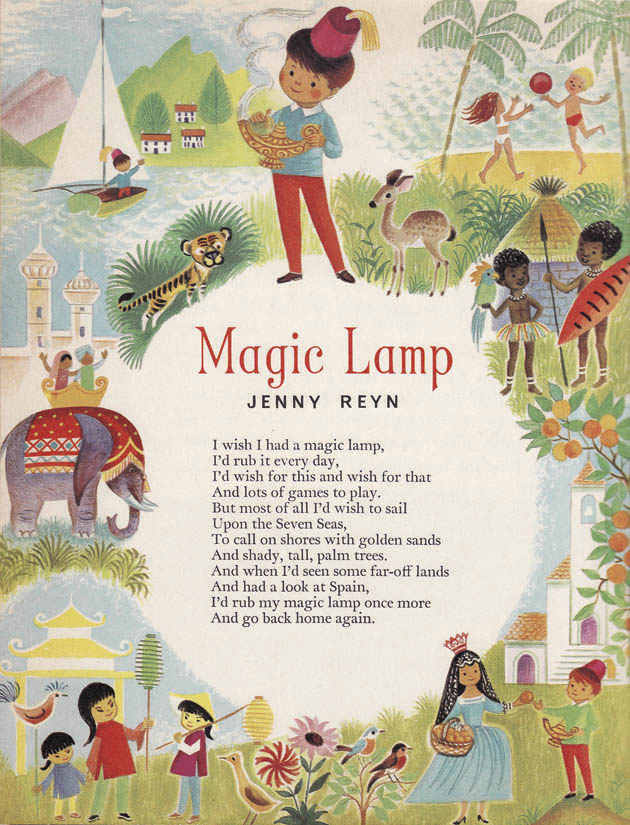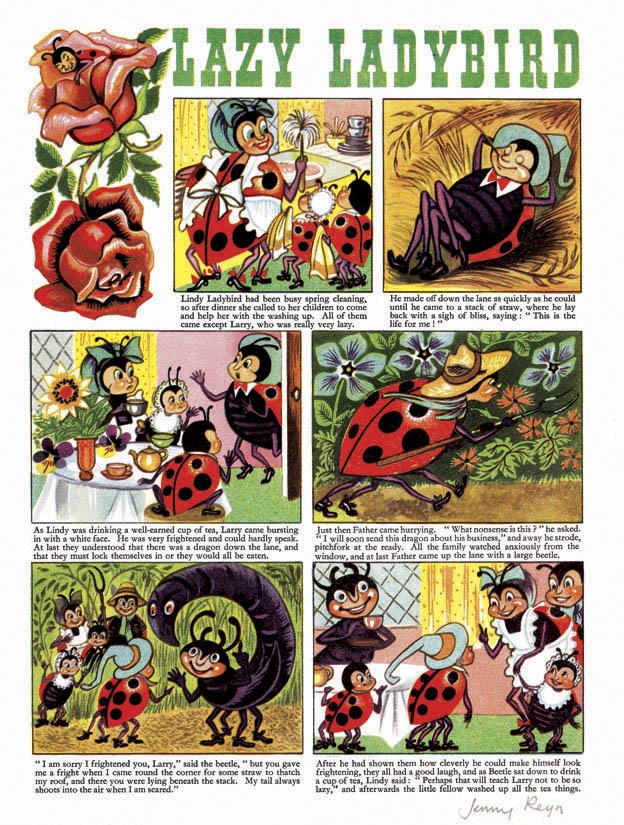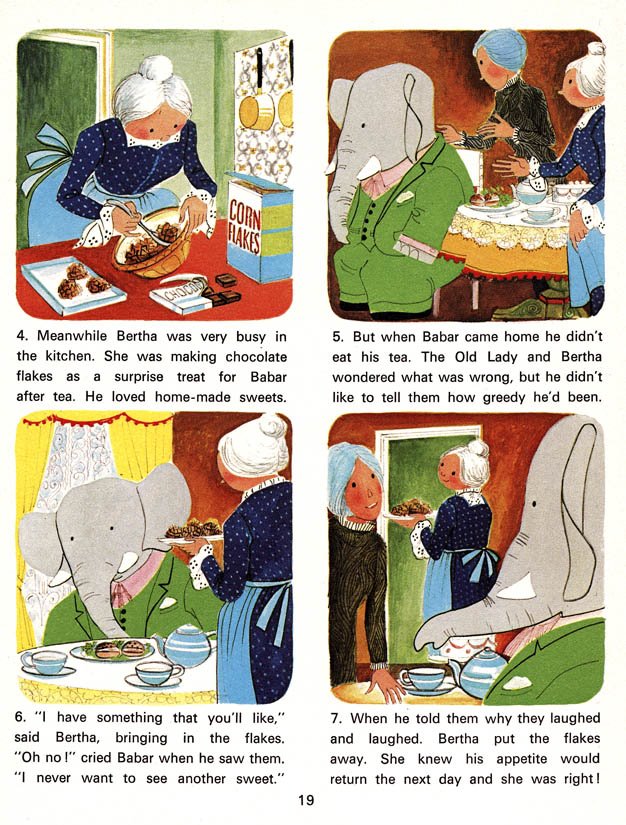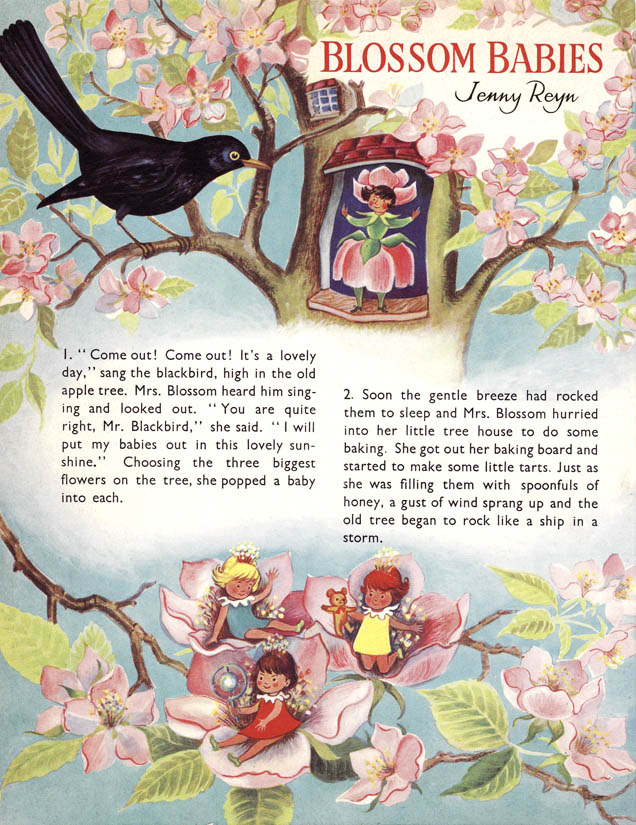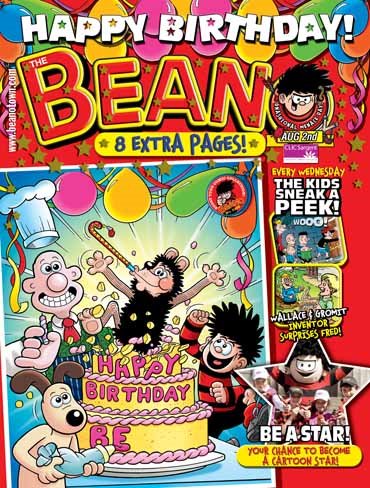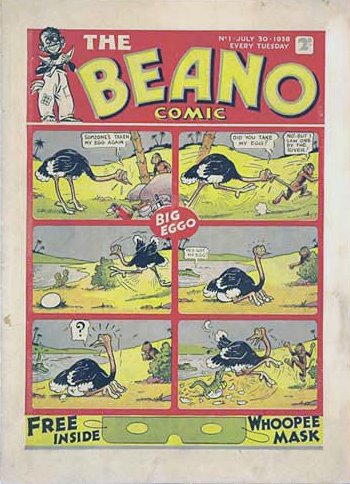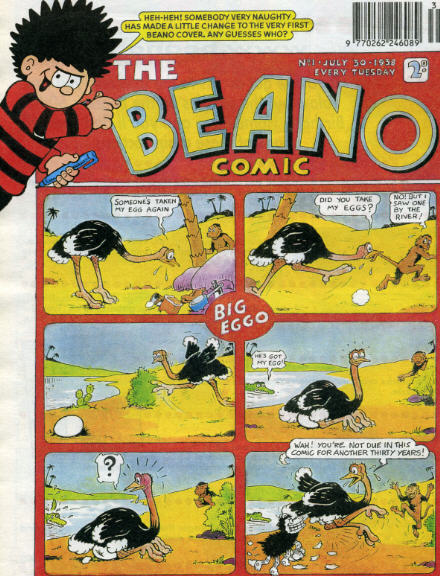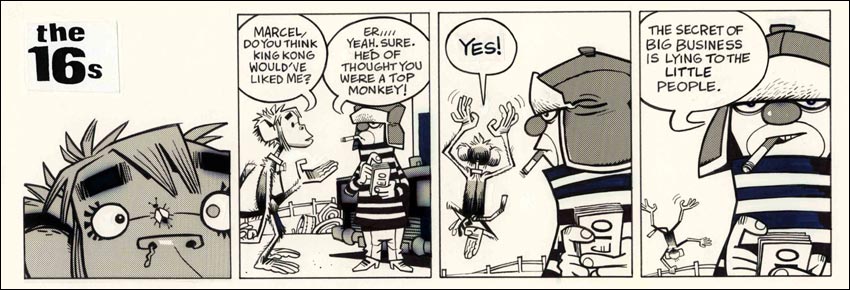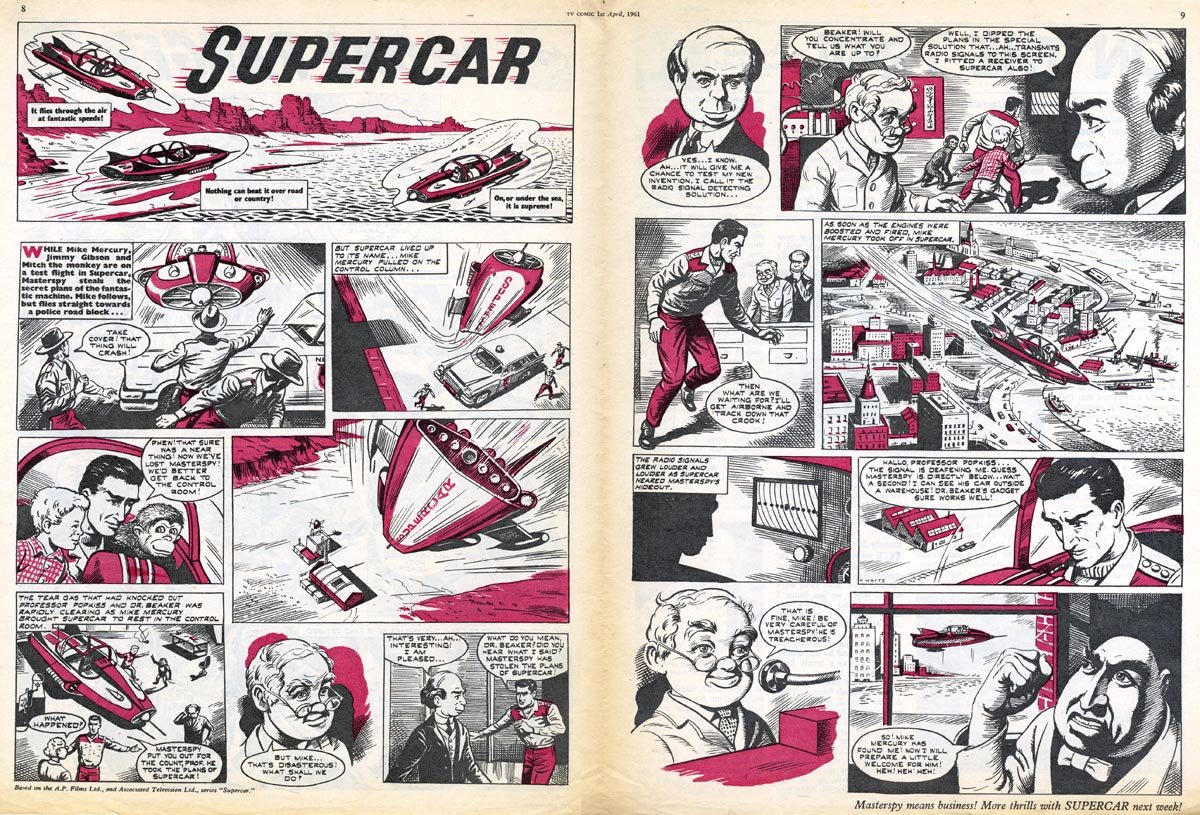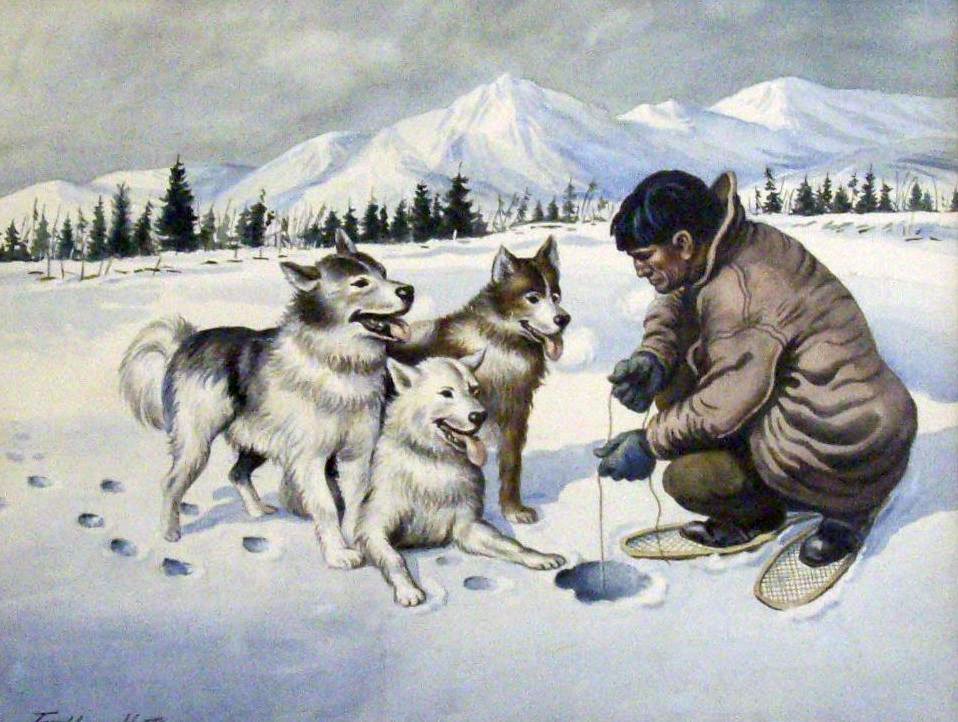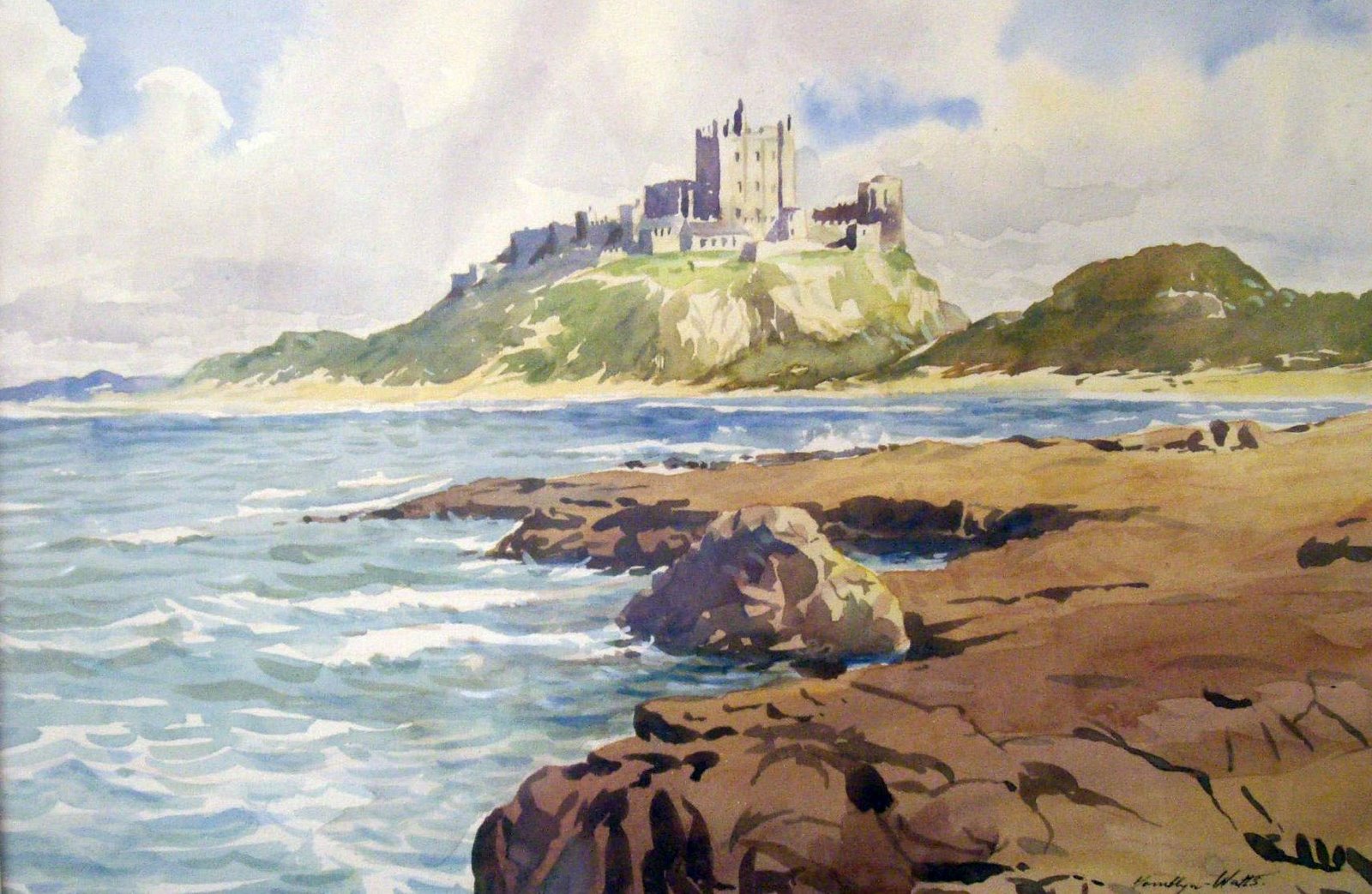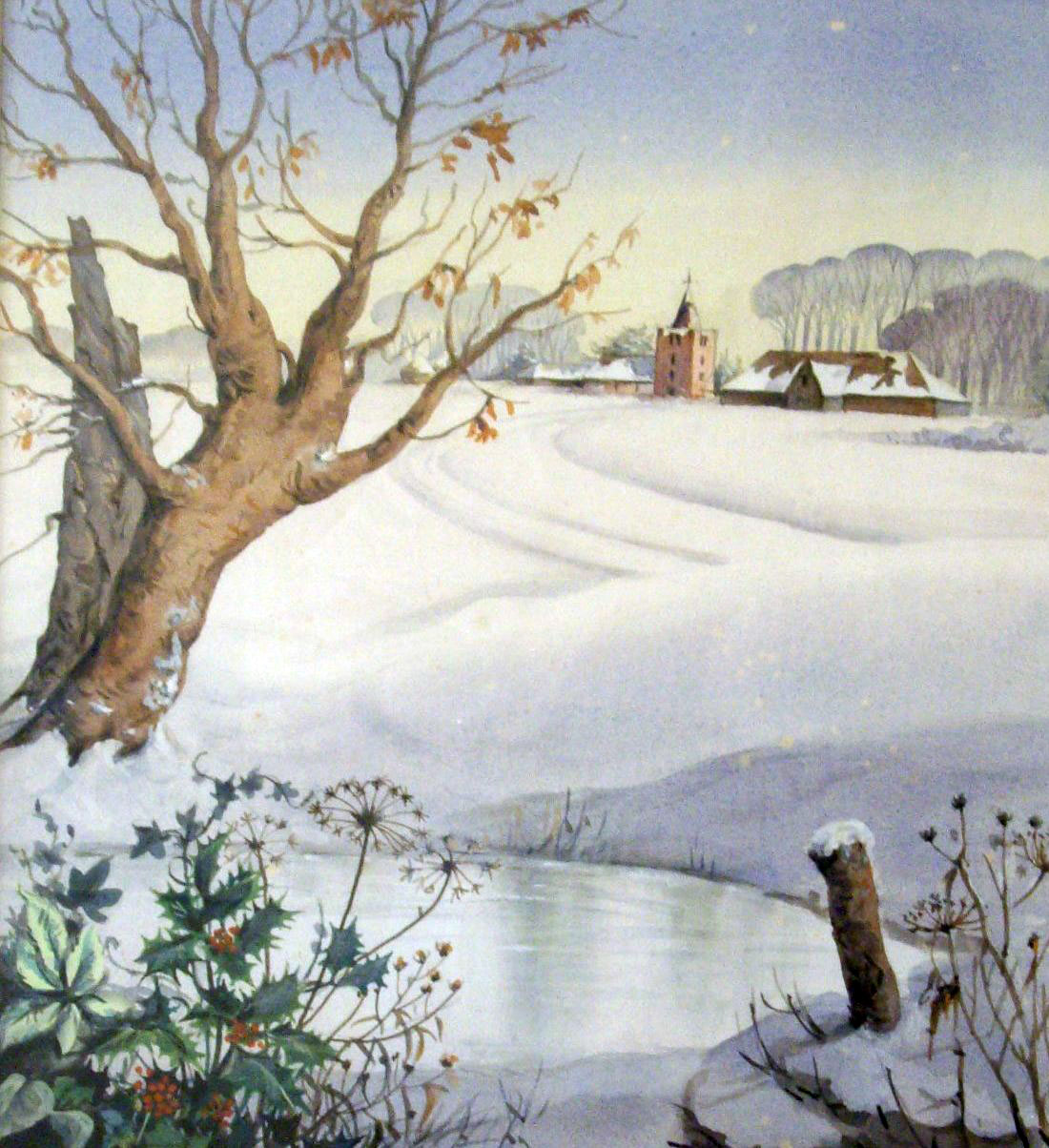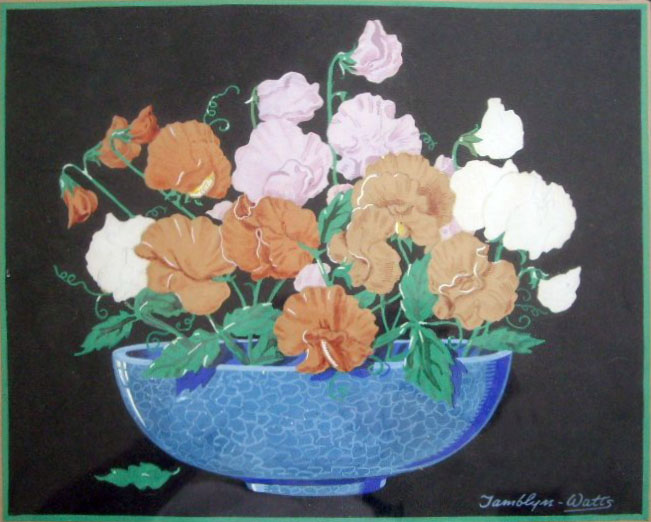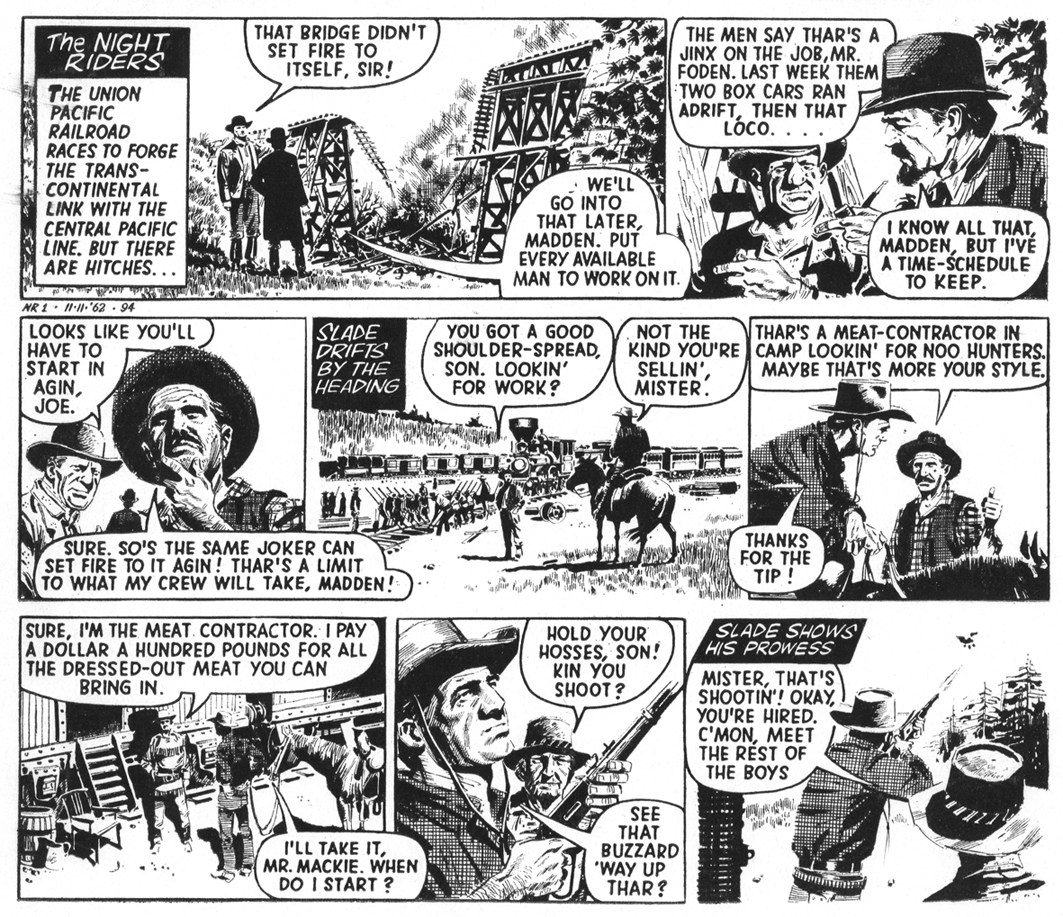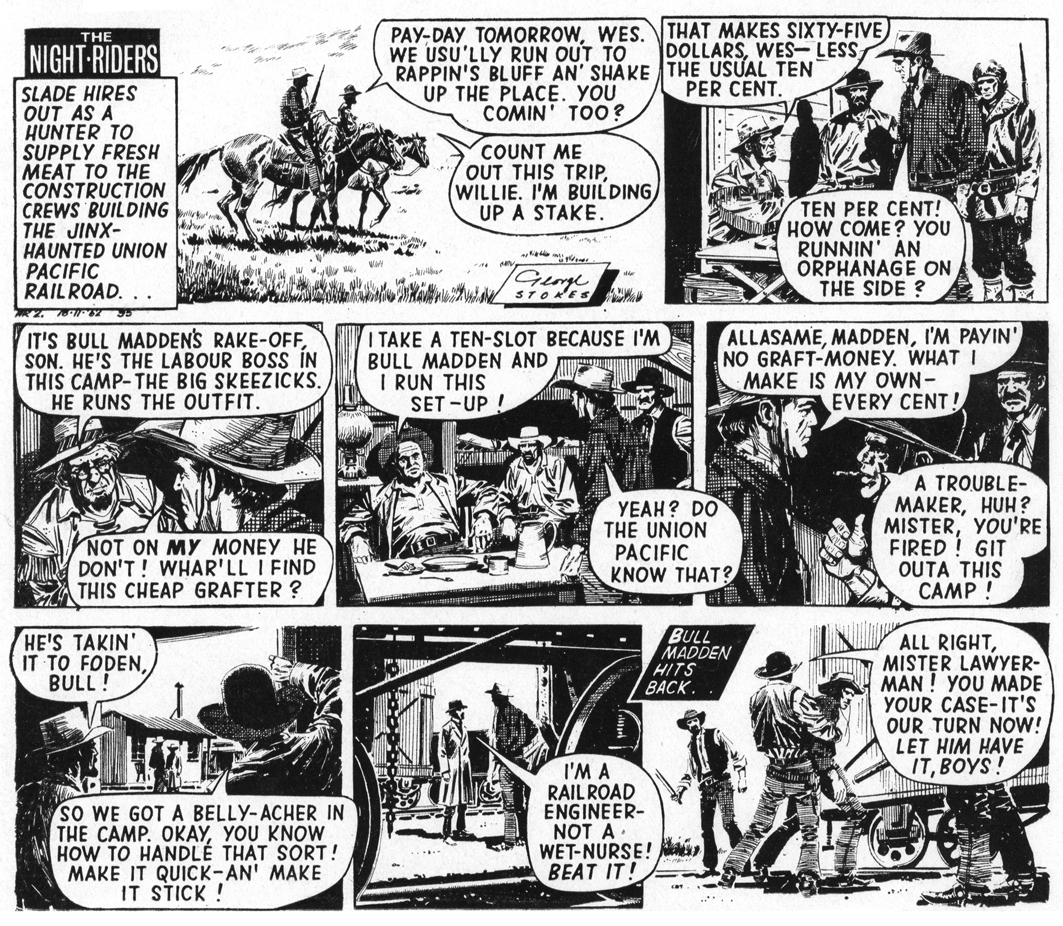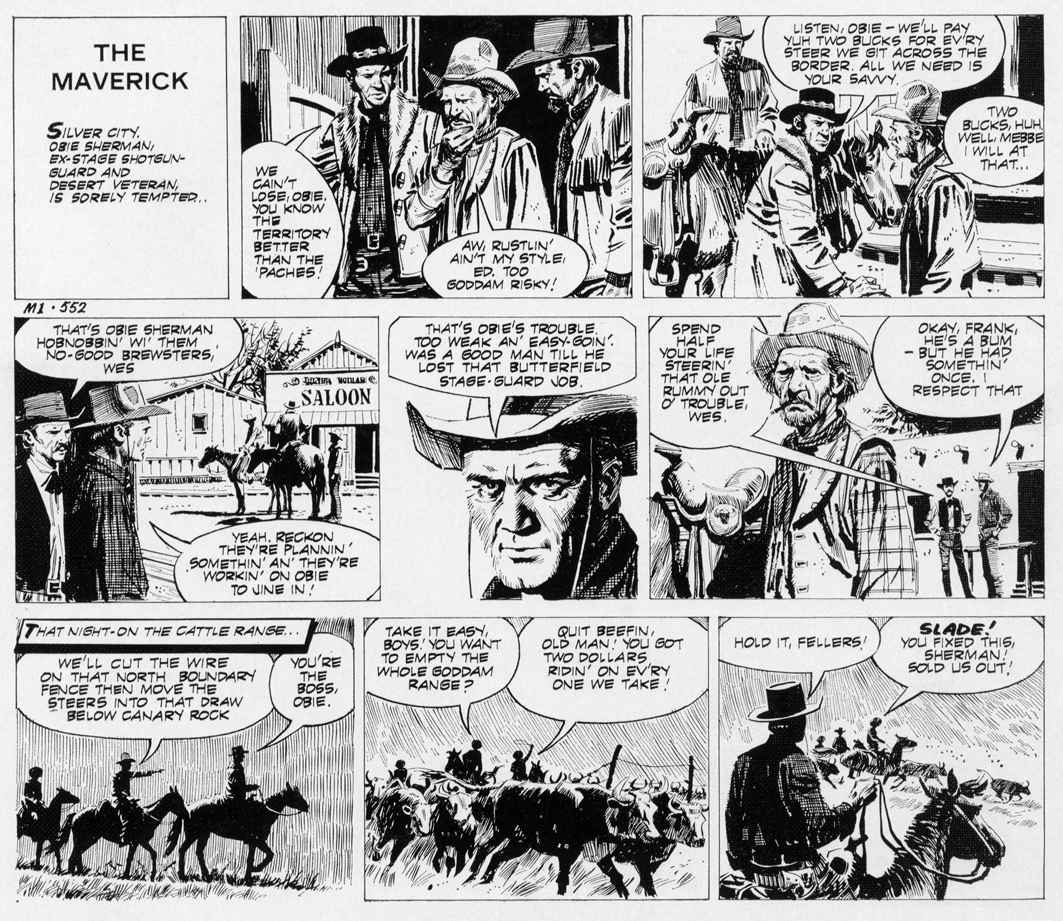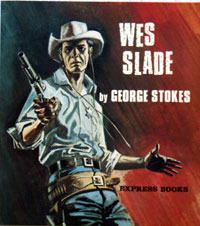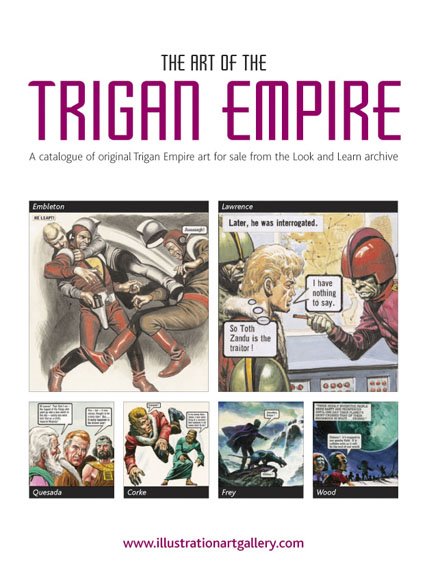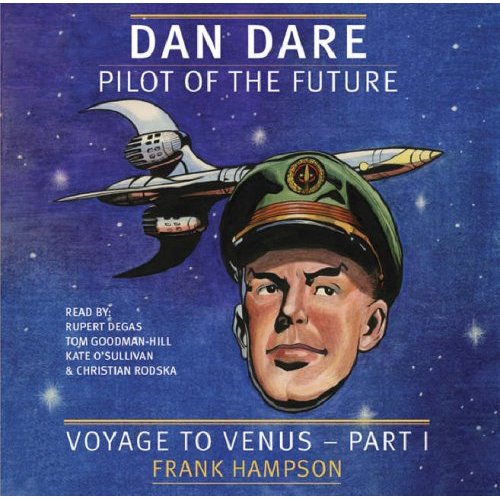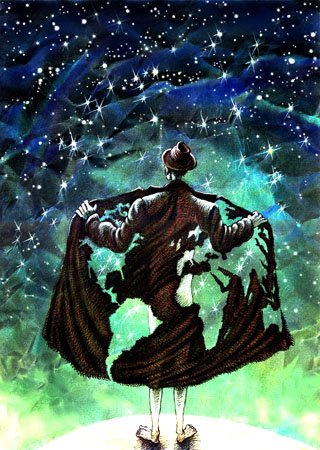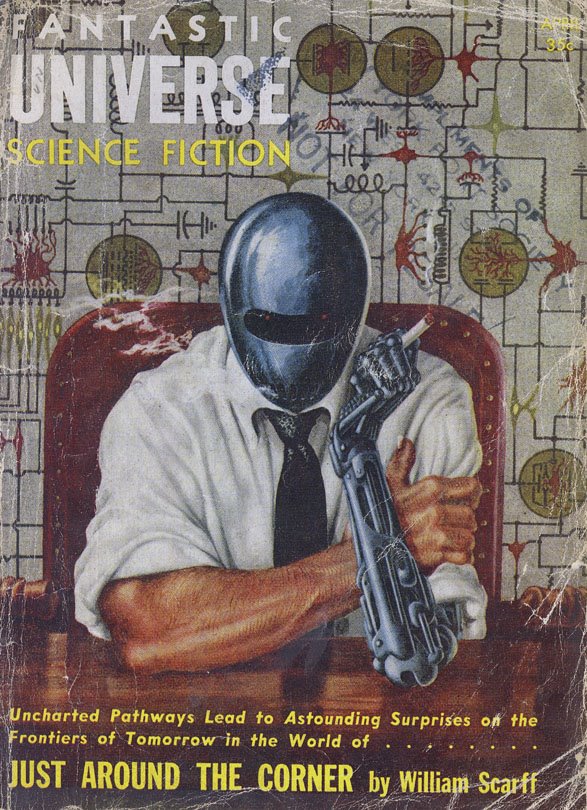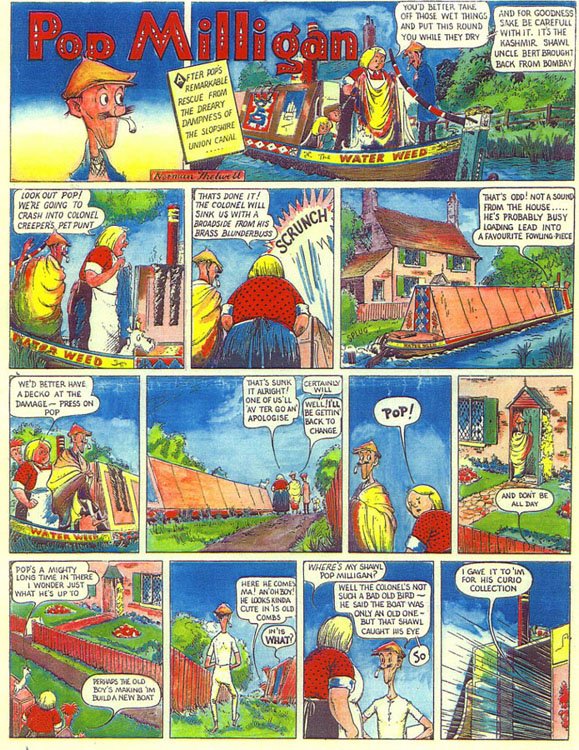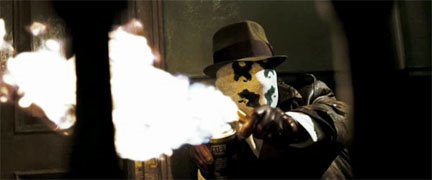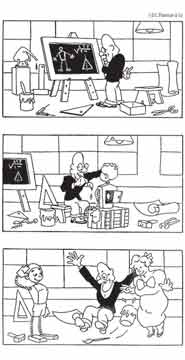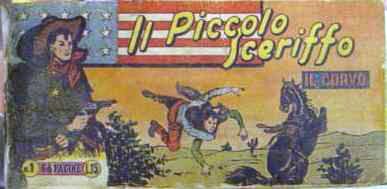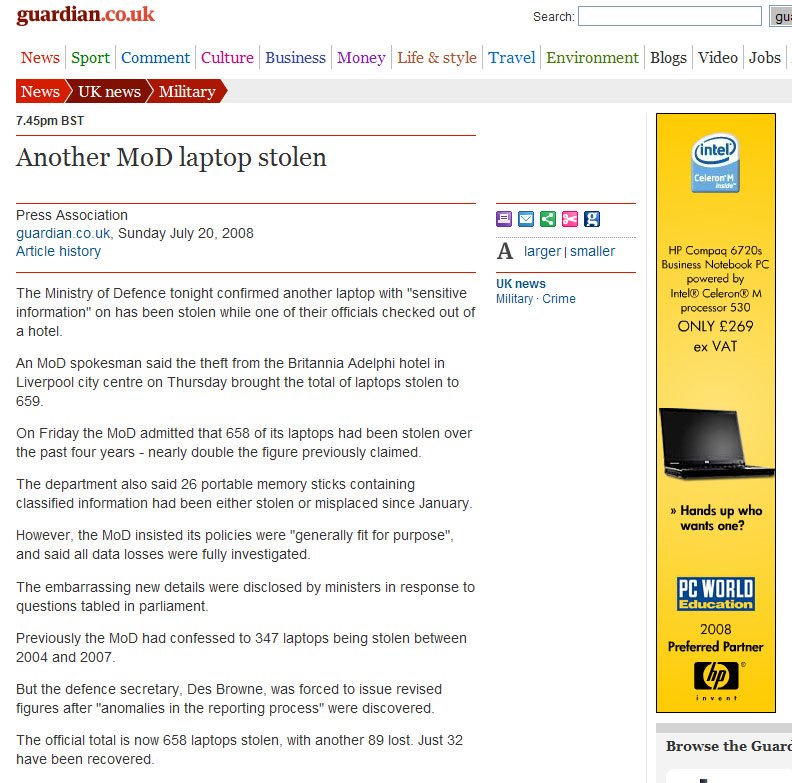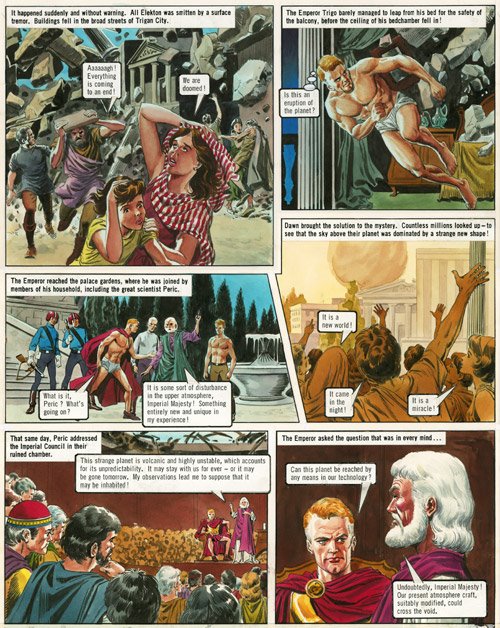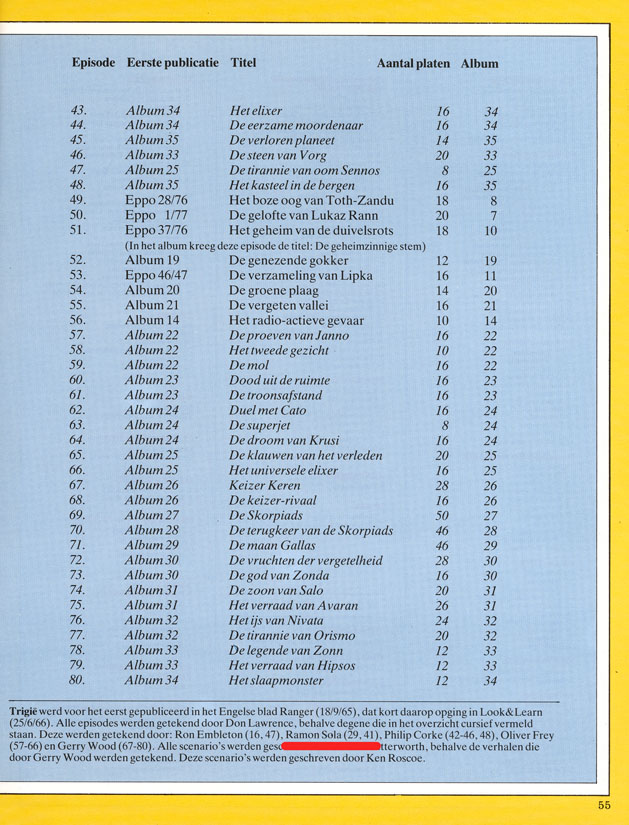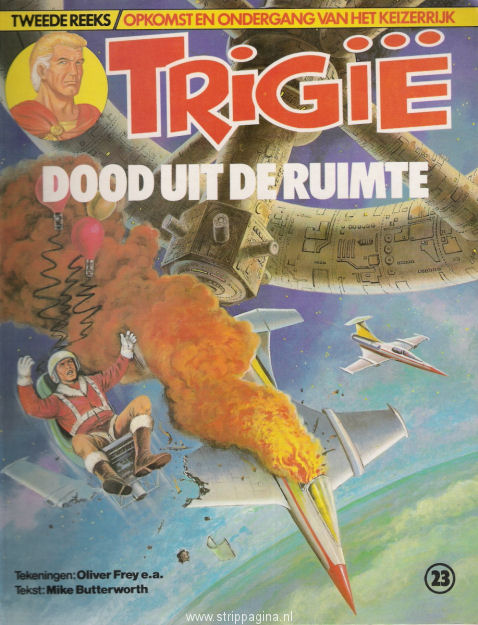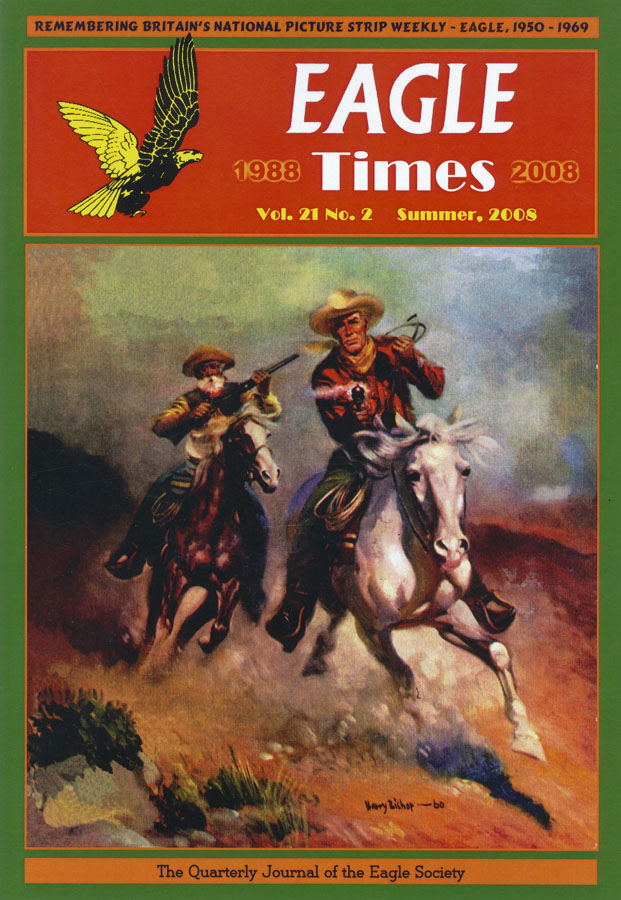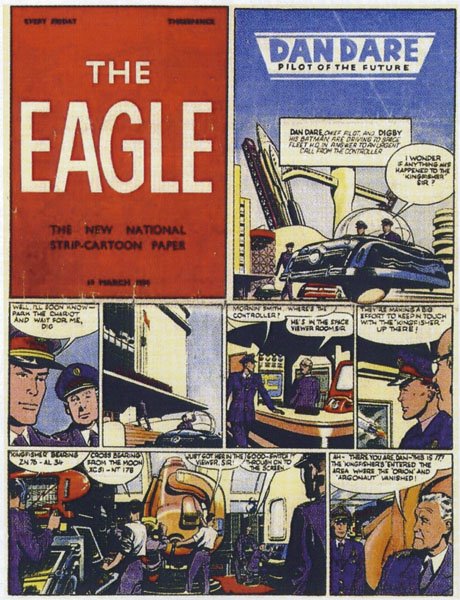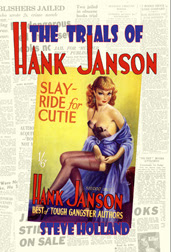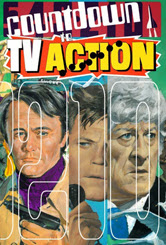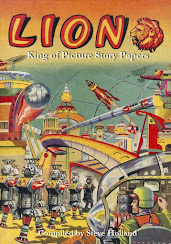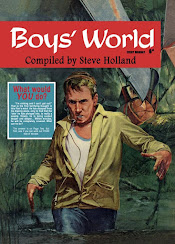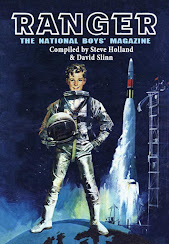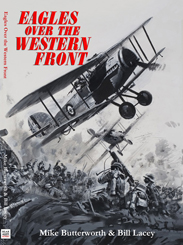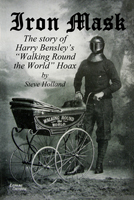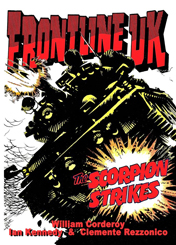
Anita Hewett was a popular writer of short stories, many of them published in collections by Bodley Head in the 1950s and 1960s. Later books (and her work was still in print in the 1990s) were reprints of earlier titles. She also contributed to
Robin Annuals 2, 3 and 4 (1954-56).
Anita Mary Hewett was born in Wellington, Somerset, on 23 March 1918, the daughter of Harold Frank Hewett and his wife Anita (
nee Welsh). Harold worked at Ellworthy's woollen mill at Westford, following in the footsteps of his father (Harold) and grandfather (Samuel), who had been a manager of the mill. The Hewett's had three children, Walter, Anita and Margaret Helen, all raised Baptists by their father who was a Deacon, Sunday School Superintendent and organist at the Rockwell Green Church. Anita ran the 'baby class' at Sunday School. It is no surprise that her own religious education meant she secured 100% and won a prize in an annual national Scripture Examination in 1934.
Anita was educated at Blackdown School, Wellington, and the University College of the South-West. Despite the fact that the Hewetts were an important family locally, Anita rebelled against her religious upbringing and after working as a teacher, left Wellington to found a school for young children in Kingston, Surrey. She began writing in the 1950s, also contributing the the BBC's
Listen With Mother radio series. In the 1960s she was a producer for BBC schools radio and produced
Let's Join In and
Poetry Corner. She retired from the BBC in 1973 but continued to write scripts for schools radio, now BBC Education.
In October 1966, she married a widower named Richard Duke and the two lived in East Molesey, where Anita had moved to in around 1963. She continued to write very successfully, her animal stories gathered together in
The Anita Hewett Animal Story Book (1972) which was reprinted in 1988 as
The Puffin Book of Animal Stories. Several of her books were translated into a variety of languages and have also been popular in Japan.
In the 1980s, she scripted a BBC series for primary schools called
Talk To Me and turned the script into a book which remains unpublished. Anita Duke died in the Princess Alice Hospice in Esher in March 1989, aged 70.
One of her children's novels,
The Elworthy Children (1963), was autobiographical (the family name coming from the factory where Anita's family had worked). It was translated into several languages and won a prize from the Austrian Education Department for being accepted as a 'standard reader' in their schools.
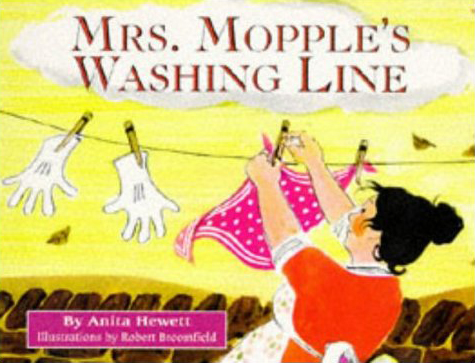 BooksClip the Crab's Adventure
BooksClip the Crab's Adventure. Leeds, E. J. Arnold & Co. (Bright Story Readers no. 629), 1950.
The Seven Proud Sisters, and other stories, illus. M. Jarman. London, Ginn & Co., 1952.
Slink the Shadow. Leeds, E. J. Arnold & Co. (Bright Story Readers no. 305), 1953.
The Crocodile That Couldn't Swim. Leeds, E. J. Arnold & Co. (Bright Story Readers no. 306), 1953.
Elephant Big and Elephant Little, and other stories, illus. Charlotte Hough. London, Bodley Head, 1955; New York, Barnes, 1960.
The Little Yellow Jungle Frogs, and other stories, illus. Charlotte Hough. London, Bodley Head, 1956; New York, Barnes, 1960.
Honey Mouse, and other stories, illus. Margery Gill. London, Bodley Head, 1957.
Think, Mr. Platypus. New York, Sterling Publishing Co., 1958.
A Hat for Rhinoceros, and other stories, illus. Margery Gill. London, Bodley Head, 1959; New York, A. S. Barnes, 1960.
Koala Bear's Walkabout, illus. Anne Marie Jauss. New York, Sterling Publishing Co., 1959.
The Laughing Bird Book, illus. Anne Marie Jauss. New York, Sterling Publishing Co., 1959.
Piccolo, illus. Dick Hart. London, Bodley Head, Dec 1960; New York, A. S. Barnes, 1961.
The Tale of the Turnip, illus. Margery Gill. London, Bodley Head, 1961; New York, Whittlesey House, 1961.
Piccolo and Maria, illus. Dick Hart. London, Bodley Head, Dec 1962.
The Little White Hen, illus. William Stobbs. London, Bodley Head, Dec 1962; New York, Whittlesey House, 1963.
The Elworthy Children, illus. Margery Gill. London, Bodley Head, Dec 1963.
The Pebble Nest, illus. Jennie Corbett. London, University of London Press, 1965.
Dragon from the North, illus. Gioia Fiammenghi. New York, Whittlesey House, 1965.
Mrs Mopple's Washing Line, illus. Robert Broomfield. London, Bodley Head, Apr 1966.
The Bull beneath the Walnut Tree and Other Stories, illus. Geraldine Spence. London, Bodley Head, Sep 1966; illus. Imero Gobbato, New York, McGraw-Hill, 1967.
Fire Engine Speedy, illus. Edward McLachlan. London, University of London Press, 1966.
Mr. Faksimily and the Tiger, illus. Robert Broomfield. London, Bodley Head, May 1967; Chicago, Follett, 1969.
The Anita Hewett Animal Story Book, illus. Margery Gill & Charlotte Hough. London, Bodley Head, Nov 1972;
as The Puffin Book of Animal Stories, London, Puffin, 1988.
Kangaroo Joey Finds His Shadow. London, Ashton Scholastic, 1975.
Books as Anne WellingtonMr. Bingle's Apple Pie, illus. Nita Sowter. London, Abelard-Schuman, Sep 1978; as
Apple Pie, Englewood Cliffs, N.J., Prentice-Hall, 1978.
Grandfather Gregory, illus. Nita Sowter. London, Abelard-Schuman, 1980.
(* My thanks to Sue Gresham, a relation of Anita Hewett, who very kindly dropped me a line with a great deal of additional information. This was little more than a stub when originally posted 4 May 2007. Sue also sent the picture, which is from the jacket of
The Anita Hewett Animal Story Book.
(The picture of
Mrs Mopple's Washing Line was nabbed from
Amazon.co.uk where many of Anita Hewett's books can be found, although none appear to be in print any more.)
 Jenny Reyn was one of the many anonymous toilers in the field who worked for British nursery comics for decades, producing delicate, colourful fairy tales and adaptations of young children's television shows, amongst them The Herbs, Barnaby and Babar.
Jenny Reyn was one of the many anonymous toilers in the field who worked for British nursery comics for decades, producing delicate, colourful fairy tales and adaptations of young children's television shows, amongst them The Herbs, Barnaby and Babar.










